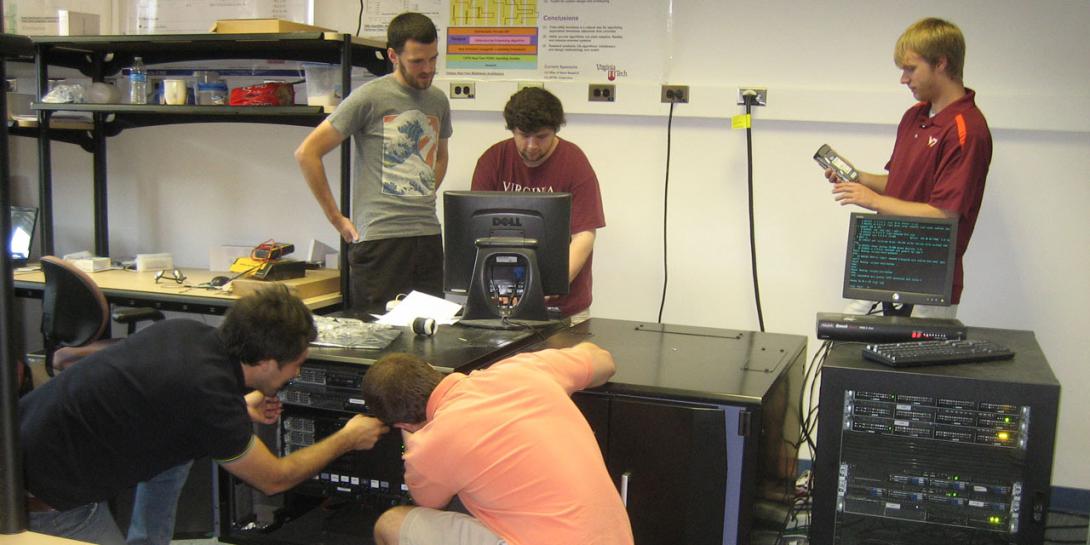Getting Processors to Speak a Unified Cyber Tongue
A government-academia collaboration has researchers working to streamline different computer programming languages so that processors can speak in a single cyber tongue.
A collaborative government-academia collaboration is crafting a new operating system that, if it comes to fruition, would compile different computer programming languages into what U.S. Navy officials have termed a single cyber tongue.
It's called Popcorn Linux, and the operating system unites the language spoken, if you will, by the many processors that otherwise use their own programming languages.
"By applying Popcorn Linux to longtime, legacy Navy and Marine Corps computer systems, we can improve software without requiring thousands of man-hours to rewrite millions of lines of code," says Wen Masters, who leads the command, control, communications, computers, intelligence, surveillance and reconnaissance (C4ISR) department at the Office of Naval Research (ONR). "This could yield significant savings in maintenance costs."
The proof-of-concept prototype would simplify complex applications, such as those having to crunch large amounts of data for battlespace situational awareness, according to the Navy.
It is a collaboration between the ONR and the office's academia partner, Binoy Ravindran, an engineering professor at Virginia Tech.
As it stands, microchip manufacturers are driven by a need for speed. Take the iPhone 7, for example, which has four processors. “Two high-power (think of a Ford Mustang) and two low-power (think of a Toyota Prius) to simultaneously dial phone numbers, open web pages, check text messages and take photos and videos,” reads a Navy statement about Popcorn Linux. The operating system under development would automatically decipher what pieces of programming code performs what task and transfers instruction “kernels” (why it has been called popcorn) to the appropriate functions.
Software developers have mitigated existing shortcomings caused by processor language barriers by manually adjusting code to determine which tasks should run on which processors. "This is especially true for Navy and Marine Corps software systems," Ravindran says. "Many of these legacy systems were built in the 1970s or earlier, have numerous security patches and millions of lines of code, and represent a huge investment of time and money. How can Navy developers enjoy the benefits of next-generation heterogeneous processors without rewriting applications from scratch?"
You guessed it: Popcorn Linux. "In our lab and academic setting, we've demonstrated that Popcorn Linux works well with respect to performance speed and power usage," Ravindran says. "Later this year, we'll work with industry partners to create a version of Popcorn Linux that can meet the strenuous industrial standards required by the Navy and Marine Corps."






Comment
my kind of job
Completing my bachelor degree in computer science, graduation 2019.
I enjoy this type of work with one exception, programing. I can preform programing
but would rather work with the other elements of my degree.
The Naval Research Lab summary on Twitter
is intriguing and I would like to apply for a position, job series 1550.
USA jobs does not show jobs
in this type of work.
Any guidance would be welcomed.
Comments